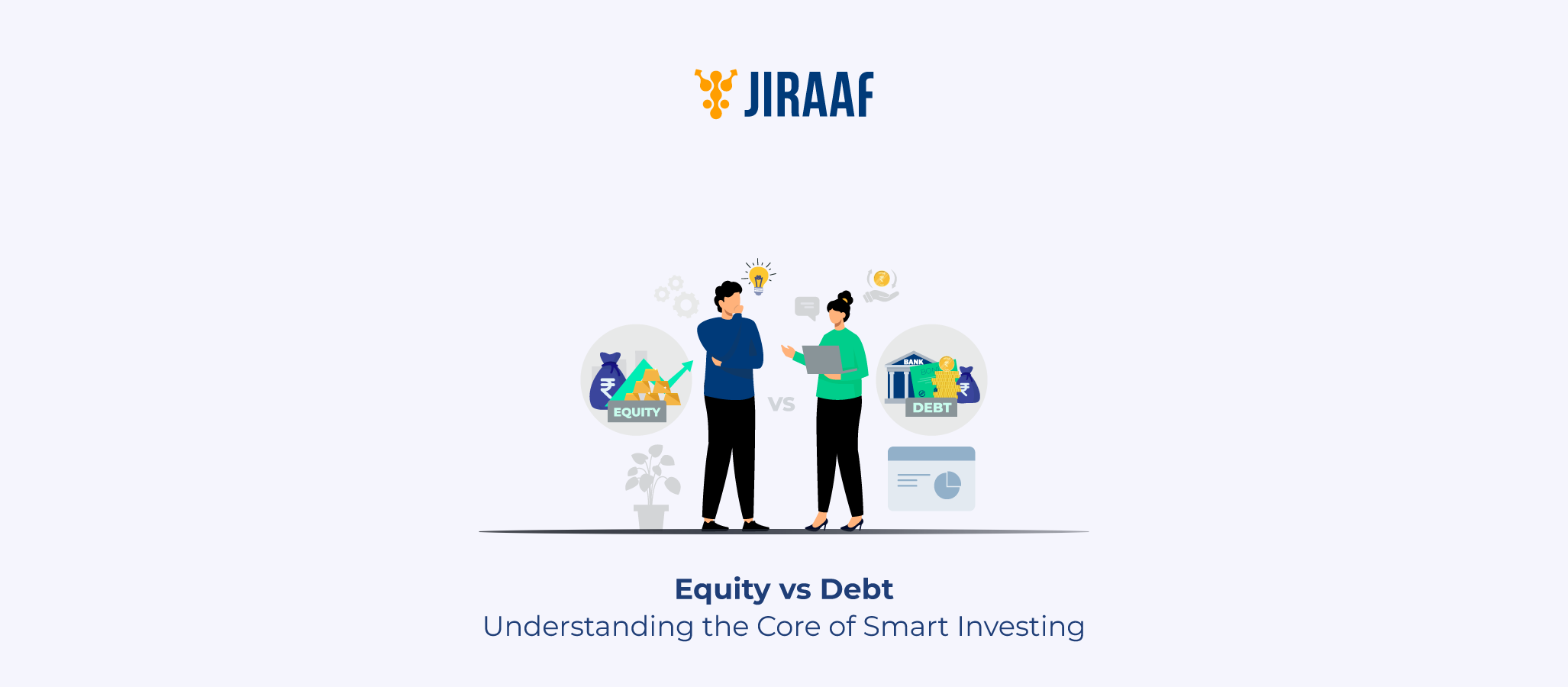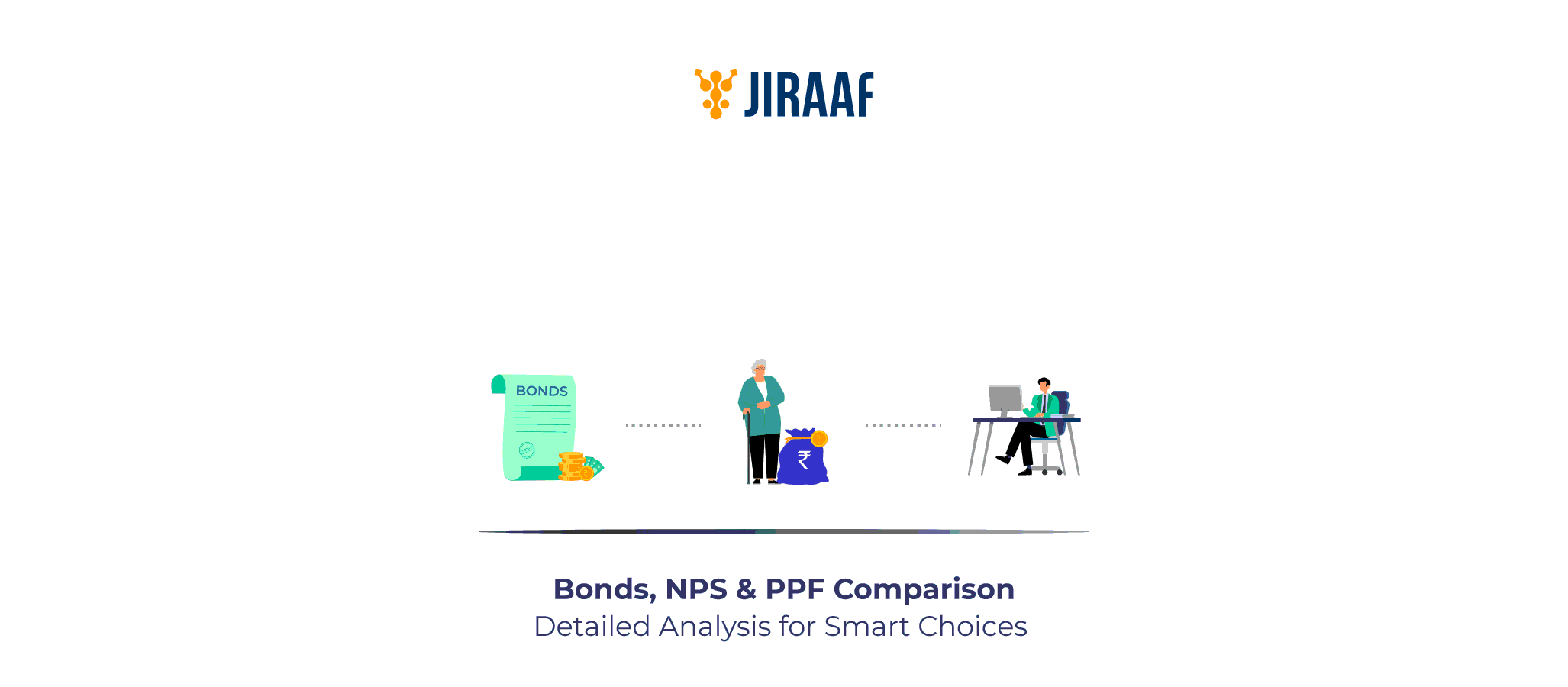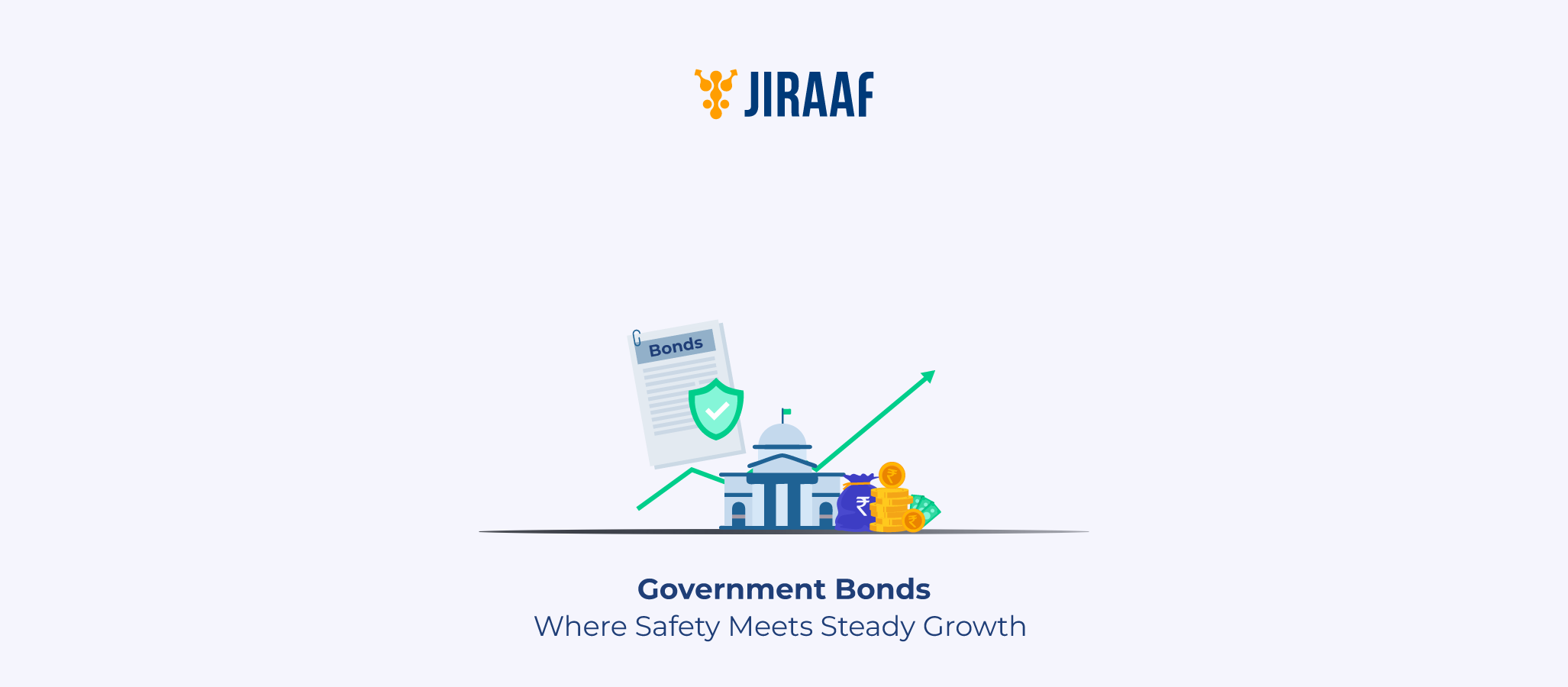A time to relax, travel, and spend your days doing what you love most; that’s what retirement should be like. A thoughtfully structured retirement budget ensures you have enough income to cover all your expenses, enjoy your interests, and maintain financial independence for your retired life.
In this guide, we’ll explore why creating a retirement budget is crucial, how you can plan it step by step, and the simple rules that can help you build a sustainable and stress-free financial plan for your golden years.
Why Creating a Retirement Budget is Important
The key purpose of a retirement budget is clarity—knowing where your money will come from and how much you can comfortably spend each month without running out of savings. It helps you:
- Identify your essential mandatory expenses and your lifestyle discretionary expenses.
- Estimate how much retirement income you need to maintain your preferred lifestyle.
- Plan your investments and withdrawal strategies to ensure long-term stability.
In short, your retirement budget gives structure to your retirement dreams. Once you understand why it matters, the next step is to learn how to create one.
Step-by-Step Process to Plan a Retirement Budget
Creating a retirement budget might sound complex, but it becomes simple when you break it into steps. Here’s how to do it:
- Identify your mandatory expenses
Start by listing all non-negotiable expenses like housing, groceries, healthcare, insurance premiums, utilities, and basic transport. These are your core expenses, the ones you’ll incur regardless of your lifestyle choices.
- Add your discretionary expenses
These include lifestyle choices like travel, hobbies, entertainment, and dining out. While these are optional, they make retirement enjoyable and meaningful. Balancing discretionary expenses with essential ones helps you maintain comfort without overspending.
- Estimate your required retirement income
A good way to estimate is to target around 60–80% of your pre-retirement income. This accounts for reduced work-related costs (like commuting) but still supports your standard of living.
If you earn ₹1 lakh per month before retirement, aim for a monthly retirement income of ₹60,000–₹80,000. This simple approach keeps your lifestyle consistent while ensuring affordability.
- Start building your retirement portfolio
Your retirement corpus should generate a steady stream of income. Diversify your investments—a mix of equity mutual funds, bonds, fixed deposits, pension schemes, and senior citizen savings plans.
The goal is to balance growth (for inflation protection) and stability (for regular income). At this stage, it’s wise to consult a financial advisor to ensure your portfolio matches your time horizon and risk appetite.
- Review and assess your portfolio regularly
Life expectancy, market returns, and medical needs change over time. It is advisable to review your portfolio at least once a year to ensure your investments continue to meet your income goals.
Now that we’ve covered the process, let’s look at a simple example to understand how these steps come together.
Retirement Budget Example for Better Understanding
Suppose you plan to retire at 60 and currently earn ₹1,00,000 per month.
Step 1: Apply the 60–80% rule
You’ll need around ₹60,000–₹80,000 per month in retirement to maintain your lifestyle.
Step 2: Calculate the required corpus using the withdrawal rate
To calculate the required corpus (X) based on a target monthly income (I) and an annual withdrawal rate (W), the formula is:
X = (I x 12) / W
Using an average target income of ₹70,000 and common withdrawal rates,
- At 4% = ₹70,000 x 12 / 0.04 = ₹2.1 crore
- At 3.5% (more conservative) = ₹70,000 x 12 / 0.035 = ~₹2.4 crore
Step 3: Understand what it means
A corpus between ₹2.1–₹2.4 crore (based on an average income of ₹70,000 and withdrawal rates of 4% to 3.5%) can comfortably support your expenses while preserving your savings for decades.
By combining the 60–80% income rule and the withdrawal rate, you can design a practical, sustainable retirement budget that balances income, comfort, and security.
Common Mistakes to Avoid While Planning a Retirement Budget
Even the best portfolio can falter if managed without foresight. Here are some common pitfalls that can undermine retirement security:
- Not starting early: The sooner you start, the more time compounding has to grow your wealth. Even small, consistent investments made early can create a substantial corpus over time.
- Ignoring inflation and healthcare costs: Rising prices and medical expenses can quickly reduce the real value of your savings. Always factor in inflation-adjusted returns and include a health insurance plan that covers foreseeable future medical needs.
- Not reviewing the portfolio regularly: Your investment strategy should evolve with your life stage, income, and financial goals. Reviewing your portfolio at least once a year ensures it stays aligned with your risk tolerance and retirement timeline.
- Lack of a withdrawal plan: Without a clear withdrawal strategy, you risk depleting your savings too quickly. Plan sustainable withdrawal rates and maintain a mix of growth and income-generating investments for stability.
- Choosing the wrong insurance plan: Many investors overlook the importance of the right insurance coverage. Avoid overpaying for low-value plans or underinsuring critical health and life needs. Choose policies that balance adequate protection with affordability to safeguard your retirement savings.
Once you’ve avoided these pitfalls, the next step is to keep your portfolio dynamic— adjusting it as life changes.
Tips to Maintain and Adjust Your Retirement Budget Over Time
A retirement plan isn’t a “set and forget” exercise. It needs regular fine-tuning to stay relevant. Here’s how you can maintain balance through the years:
- Prepare for one-time expenses: Set aside a contingency fund for big costs like home repairs, medical treatments, or family occasions. This prevents you from dipping into long-term savings.
- Optimize tax efficiency: Use tax-friendly options like PPF, ELSS, or the senior citizens’ savings scheme. Also, claim benefits such as Section 80TTB deductions on interest income to reduce your tax outgo.
- Portfolio factor tilting: Many investors consider gradually shifting toward more conservative assets like bonds or deposits as they age. Some choose to maintain a modest equity allocation (perhaps 10–20%) to help address inflation and preserve some growth potential over time.
- Review your portfolio regularly: Monitor your investments at least once a year to ensure they align with your goals, risk tolerance, and income needs. Rebalance if market changes or personal circumstances affect your retirement plan.
Each of these adjustments helps your retirement strategy stay resilient—because retirement, after all, is a long journey, not a one-time event.
Conclusion
A good budget turns uncertainty into rhythm—your money, your choices, all working quietly in sync.
When your income, expenses, and investments are mapped carefully, retirement becomes less about counting years and more about enjoying them. You’re not just planning; you’re shaping up a life that lets you live with ease, purpose, and enough room for joy.









